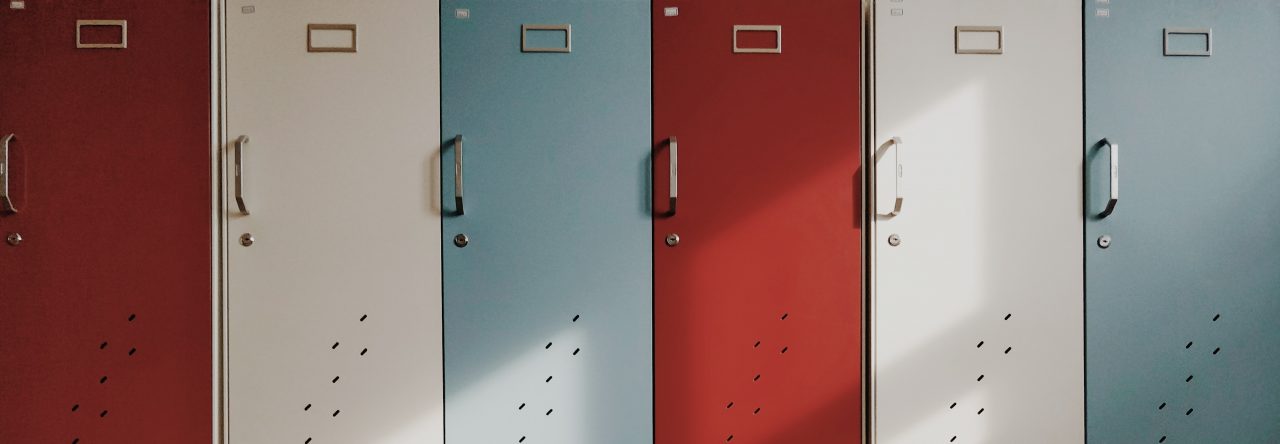
Rich McCue did a presentation in our Education Technology class today on augmented and virtual reality. He explained the use of the Aris app in Kitsilano High School, a project that they did connecting current students to past students in 1944 in the midst of World War II. He made a point of how students could set up something similar as a project for many different classes, rather than a teacher setting it up like they did in this case.
There are so many ways augmented and virtual reality can be used in education, but Rich pointed out particularly that for reconciliation it could be an amazing resource that also links deeply with place-based learning. As I am passionate about doing my part in reconciliation, this idea really appealed to me.
Today I also had the opportunity to try virtual reality for the first time. It was an amazing experience, and it got me thinking how it can be applied to education. Exploring Google Earth in virtual reality I could see particularly relevant to French language learning, which is one of my teachable subjects.
There are a few cons to augmented and virtual reality, including that it is not recommended to children under 13, how expensive putting it into practice is, and how for virtual reality goggles it would often be only one student actively participating at a time.
I am interested to continue learning about how virtual and augmented reality can be implemented in different types of classrooms.
